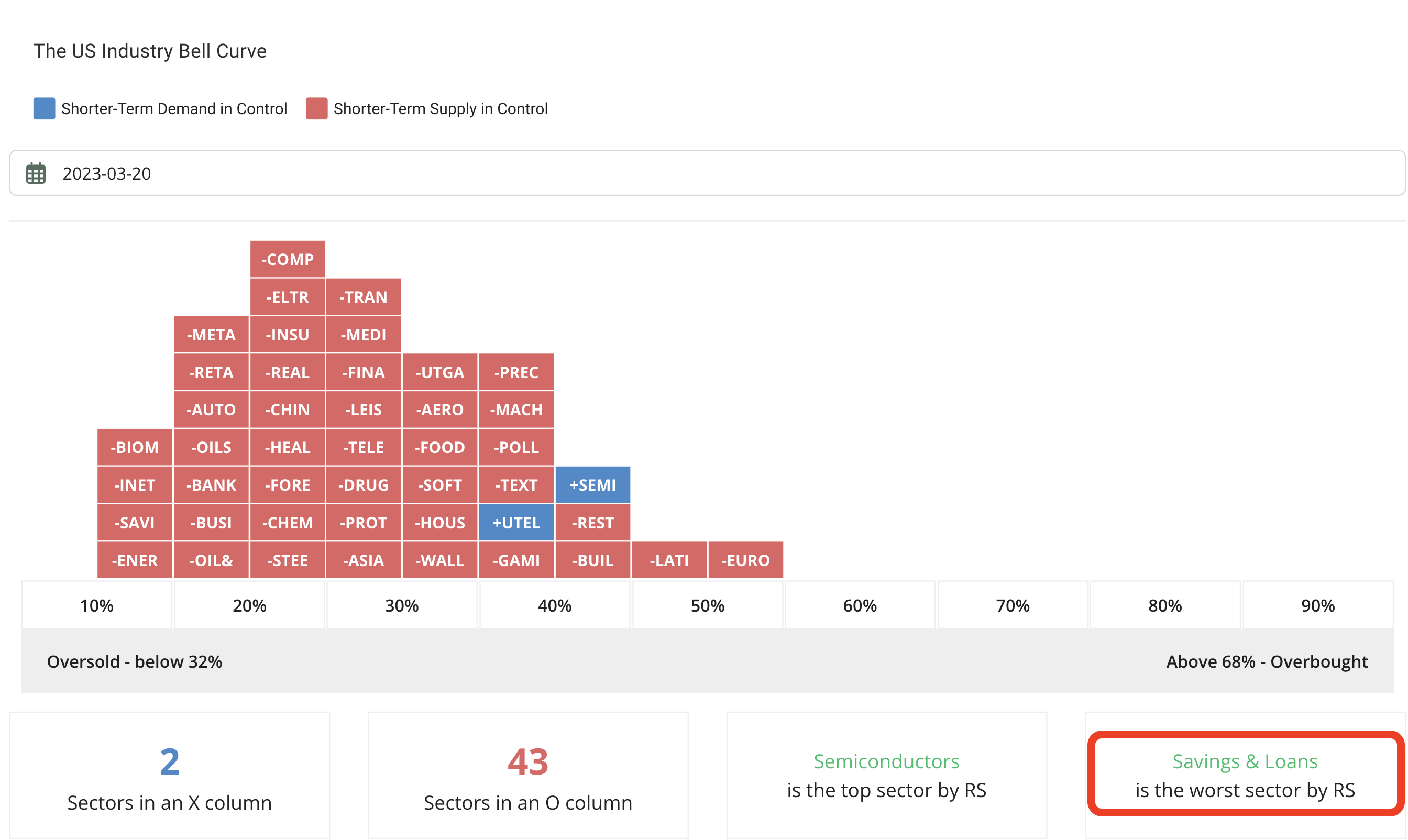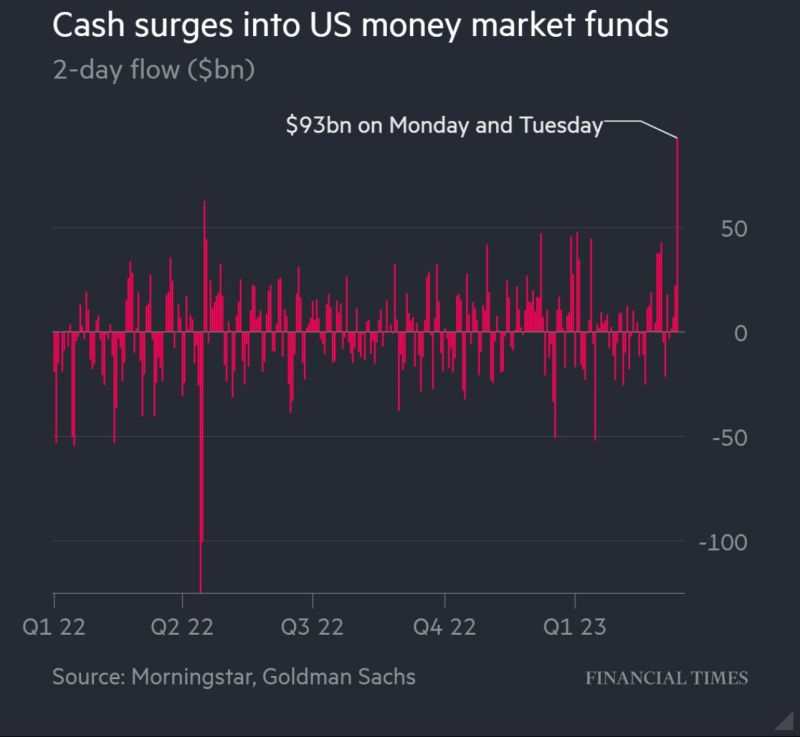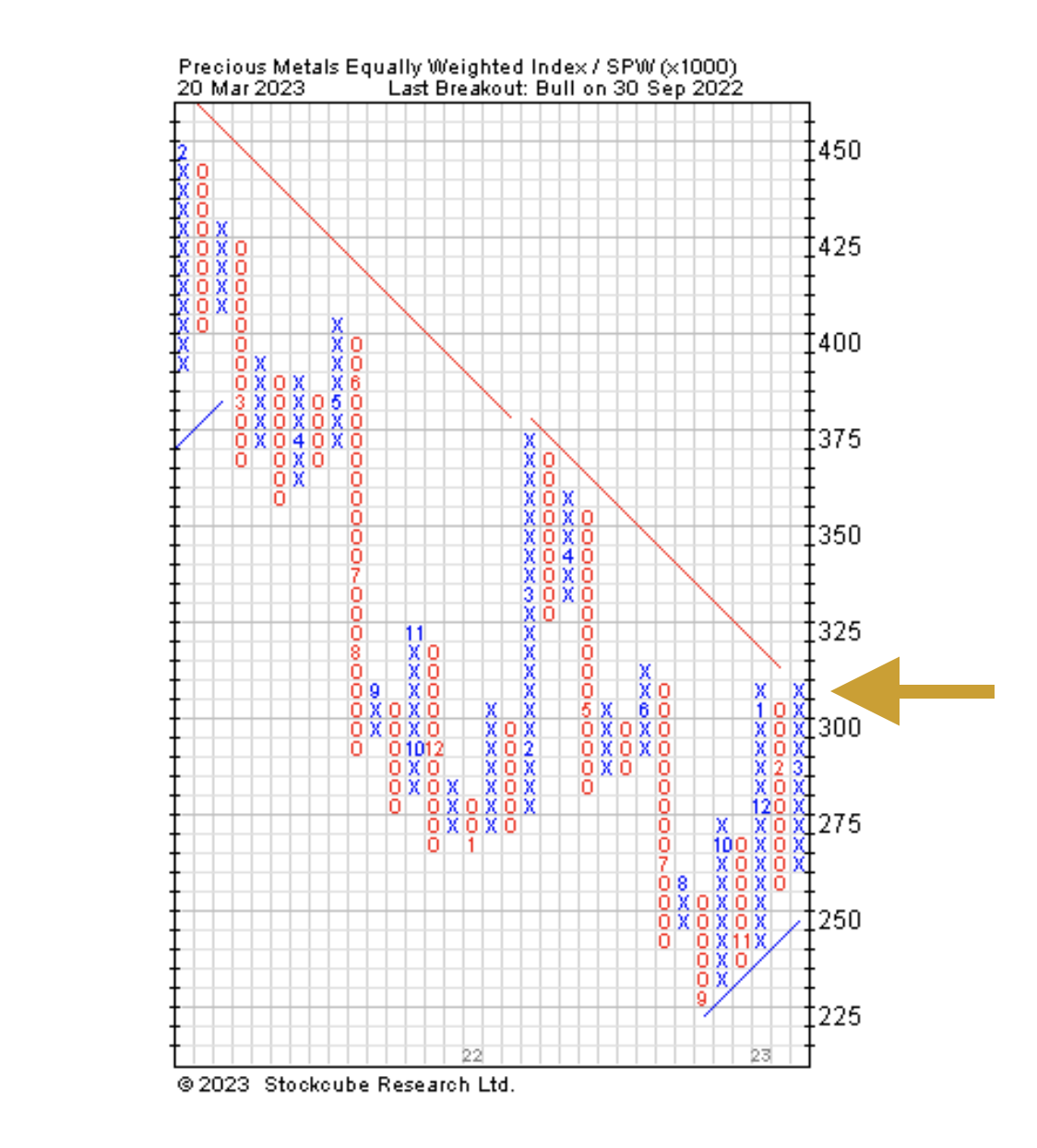Related Blogs
March 21, 2023 | Chris Rowe
After a tumultuous 2022, 2023 was off to a great start. Then banks threw a monkey wrench into the machine.
Now the S&P has almost erased its impressive YTD gains, several banks are failing, and the prospect of a worldwide banking crisis looms…
In times like these, it’s easy to become emotional and get caught up in the news flow. This tends to be a bad idea, though, as it often leads to making emotional decisions that are detrimental to your long-term financial plans.
These types of moments demonstrate the value of using an emotionless, rules-based process to guide day-to-day decision-making and portfolio management as we do here at Avalon.
My team and I have been warning that changes were happening within the market – we hope you’ve been following along.
But if not, let’s begin with a quick review of where we stand today, starting with a look at the broad asset categories through the lens of absolute momentum.
There isn’t too much new to report here. Precious metals have now moved into the #2 spot, international stocks have fallen a notch, while safe assets (T-Bills [SHV]), and money markets (VMFXX) are the remaining positive-returning asset categories.
Our trusty market barometer, the NYSE Bullish Percent Index, officially moved to a sell signal on March 15. This tells us that market internals (the true market) are indicating an intensifying selling pressure.
The good news is that this puts us closer the the “green zone” where the market often bottoms.
While this indicator will often reverse around the 20% level, it is important to note that there have been some occasions like 2008 and 2020, when this indicator did drop to less than 10%.
So for now, the primary objective for most investors should be to protect their portfolio while we wait for the market to tell us when it’s safe to get back in.
Looking at the market from the perspective of sectors, the sea of red tells you everything you need to know.
It should be no surprise that Savings & Loans is the worst-performing sector.
So based upon absolute momentum, the NYSE Bullish Percent Indicator, and sector strength (or lack thereof), the message of the market is quite clear – stay defensive and protect your portfolio.
And I am quite comfortable playing defense at the moment because the market is facing a lot of uncertainty…
The Fed begins its March FOMC meeting today, and it’s important to realize that no matter what the Fed decides to do with interest rates, the Fed is in SERIOUS trouble.
If they stay on the course of raising rates to curb inflation, that is only going to put more pressure on the banks.
Arguably, they should raise rates as inflation is still clocking in at 6% and the Fed Funds rate remains well under that. By not raising rates they allow inflation to continue to run unabated.
But by raising rates, the problems the banks face will only worsen.
Depositors, both in the U.S. and Europe, are fleeing banks because the banks pay next to nothing in interest, whereas you can earn 3%-4% in a Money Market Fund or short-term T-Bills.
This is also being fueled by depositors who are terrified that banks could go bust and are reducing their bank exposure.
The problem with this is that it becomes a self-fulfilling prophecy.
The more depositors remove from a bank, the more likely that the bank will have to sell assets to meet the demand, increasing the chance that the bank will be forced to sell assets held with a loss. This is exactly what happened at SVB.
Then there’s Gold.
Many consider Gold to be an inflation hedge, but during the past year, it returned next to nothing despite surging inflation.
But suddenly Gold has come alive and is up over 6% YTD.
As the absolute momentum table above shows, the Precious Metals sector has recently gained strength. And is this chart shows, the sector is close to a Relative Strength buy signal that would increase the attractiveness of this sector.
The guiding principle of Avalon is to use Relative Strength to manage your money.
With so few parts of the market showing us strength, this a period to practice good defense, hold cash, and wait for better opportunities ahead.
If you have any questions or have been considering hiring an advisor, then schedule a free consultation with one of our advisors today. There’s no risk or obligation—let's just talk.

Free Guide: How to Find the Best Advisor for You
Get our absolutely free guide that covers different types of advisory services you'll encounter, differences between RIAs and broker-dealers, questions you’ll want to ask when interviewing advisors, and data any good financial advisor should know about you and your portfolio.






